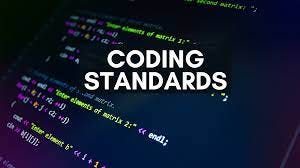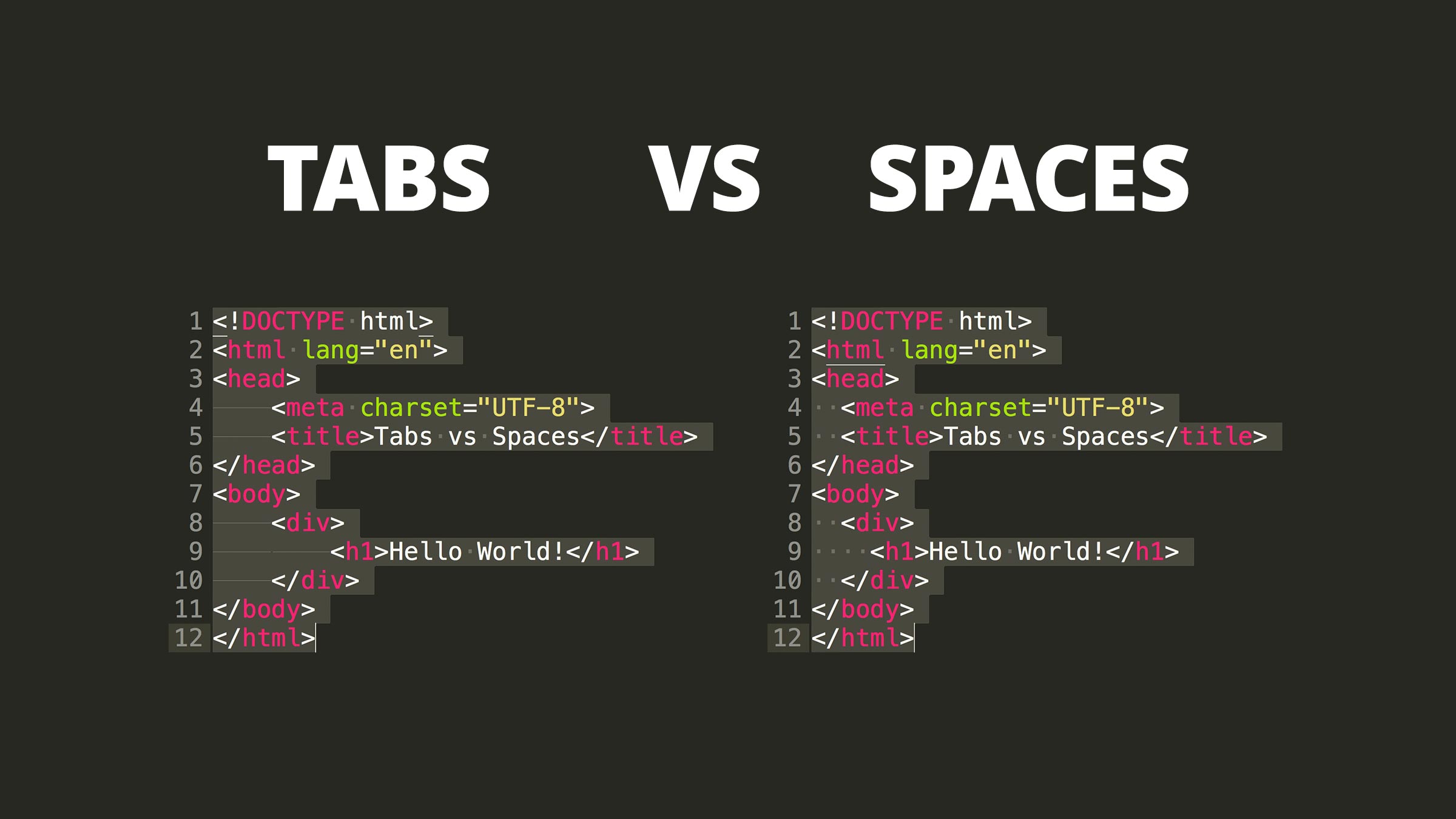Code Like a Pro: The Power of Standards
27 Jun 2025
What Are Coding Standards and What Is Their Purpose? 
According to the mobile testing platform BrowserStack, coding standards are “a set of rules, guidelines, and best practices that dictate how code should be written, formatted, and organized.” These standards are designed to improve both the readability and consistency of code throughout a project. They typically cover areas such as naming conventions, formatting, commenting, error handling, and overall structure.
Most companies establish coding standards for their engineering teams to ensure consistency across the codebase. While these standards can vary from one company to another, they are tailored to meet the specific needs of the team or organization. For instance, Google has well-defined coding standards for multiple programming languages, including C++, Python, and Java.
Challenges of Coding Standards 
While coding standards can be helpful for maintaining consistency across a project, they also come with several challenges. Experienced developers may find it difficult to adjust to strict new guidelines, especially if they have developed their own coding habits and organizational methods that don’t fully align with a company’s standards.
Another common challenge is the time required to learn and adapt to new standards. Software engineers often need time to relearn practices and fully adjust, which can slow down the onboarding process. This delay can reduce overall productivity, making it more difficult to complete large or complex projects efficiently.
Are Coding Standards the Most Important Software Engineering Technique? Can They Help with Learning New Languages 
Coding standards play a crucial role in ensuring consistency across a project or company. They provide a shared set of rules for all engineers to follow, making it easier for teams to collaborate—especially when multiple people are working on the same project or editing the same codebase. With a consistent approach to formatting, error handling, and testing, teams can reduce confusion and minimize coding errors.
These standards can also support beginners by offering a clear structure and proper syntax, which can make learning new programming languages easier.
However, coding standards may feel restrictive to experienced programmers who have developed their own methods and workflows. While they enhance readability, they don’t always catch deeper issues such as logic errors or design flaws. In such cases, code reviews and automated testing may be more effective. Additionally, hands-on practice paired with clear documentation can sometimes be a better approach for learning a new language than strictly adhering to a coding standard
ESLint with VSCode 
After my first week of using ESLint with VSCode, I found the experience to be both challenging and beneficial. At first, resolving all the ESLint errors felt tedious, especially when the issues seemed minor or overly strict. However, as I continued to work with it, I began to appreciate how ESLint enforced cleaner, more consistent code. It helped me identify bad habits I wasn’t even aware of and encouraged me to follow best practices. Over time, the suggestions began to feel less like obstacles and more like helpful reminders that improved the readability, maintainability, and reliability of my code. Ultimately, while it can be frustrating at first, using ESLint has made me a more thoughtful and disciplined programmer.
AI Usage Reflection 
AI tools were used only for grammar, punctuation, and readability suggestions. All ideas, reflections, and writing are entirely my own.